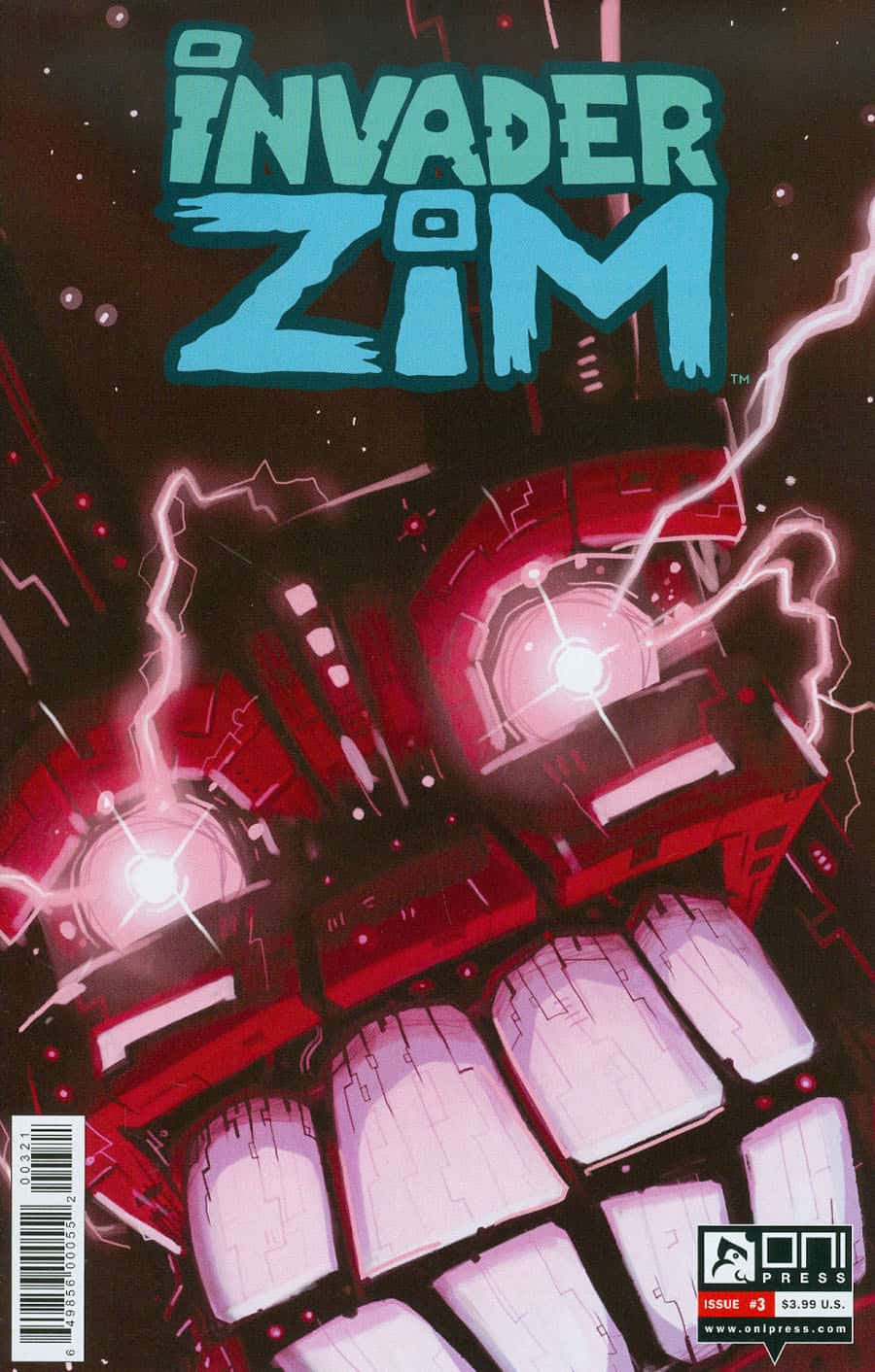Carrie, 1976 USA
Written by Lawrence D. Cohen (based on Stephen King’s novel)
Directed by Brian De Palma
The Killer Snakes (she sha shou), 1975 Hong Kong
Written by Kuang Ni
Directed by Chih-Hung Kuei
Killer Snakes is a Shaw Brothers Hong Kong exploitation from director Chih-Hung Kuei. To use the obvious terminology Kuei was prolific, unorthodox and unafraid of filth. Over his thirty year career he made thirty-eight films but, it is perhaps Killer Snakes (1975) that’s become one of his more notable cult favorites. At it’s least tasteful moments it falls nicely into the arena of soft exploitation. Complete with seedy crooks, snake mutilations, S&M, bondage and in one (shall we say- creative) scene a willing snake finds it’s way into a prostitute. Yet, there is a softer and more interesting side to this slithering cinema.
Killer Snakes– at it’s core– is a character tale of Chen Chih-Hung (preformed with relentless commitment by Kwok-Leung Gan.) Chen is an impoverished forgotten youth of Hong Kong. He’s lowly, awkward, frustrated and degraded by society. He’s a gamy figure who initially drifts our sentiments between pity and malaise. We’re introduced to Chen after he’s beaten up by a local business man. In the next scene we find him masturbating while lying beneath a sea of magazine cutouts- images of bondage- in his Hong Kong hovel. Here Chen conjures cross-dissolves of white panties and bound breasts only to be caught by his crush XiuJuan (Li Li Lin). Embarrassment followed by loss of love pushes Chen into a tantrum knocking a hole in the wall between his shanty and the snake store next door. His upset ultimately leading to his downfall.
Seventy-two thousand miles away and less than a year later Brian DePalma releases one of his first blockbusters with the adaptation of Stephen King’s Carrie (1976). A film that would go on to win multiple awards including Oscar nominations for it’s starring family Piper Laurie and Sissy Spacke. Carrie has certainly not been neglected in discussion nor in admiration.
It’s title character Carrie White (Sissy Spacke), like Chen, is a forgotten and abused youth. Our introduction to her is also rooted in humiliation. Through the steam of a
girls high school shower room we find Carrie washing alone. As she washes blood streams through the soap down her leg. Frightened and confused she stammers from the shower grasping at her classmates. The girls laugh and tease as Carrie screams at them for help in shrill unintelligible shrieks. She isn’t comprehensible and, for this, she loses some of our sympathy and gains a hint of our disgust. Her character is relocated from likeable towards ‘crazy’. Our relationship with Carrie flows like this throughout the film. We understand her, until we don’t, until we do, again.
But manipulating empathy from an audience is a multi-step process. And perhaps one of the most important steps is giving a glimpse into the generally unseen; the private life and the past. Carrie‘s window into her “why” comes through scenes of an unbalanced mother who’s religious conviction holds Carrie in an isolated and emotionally stunted state. Killer Snakes uses flashbacks into Chen’s childhood exposure to an unconventional sexual relationship betw
een his parents. A relationship that Carrie’s mother would certainly not approve. We’re left to infer that theses abuses are what caused their respective troubles in fitting in. A cause that equips us to understand their indiscretions.
Chen feels that he is alone and, in the end, perhaps he’s right. He is the perverse dredge of the Hong Kong slum around him. No one gives him the benefit of the doubt. Perhaps they understand his seedy upbringing and have deemed him beyond salvation. A judgment Chen himself is doomed to pass as he, in an act he perceives as mercy, kills XiuJuan after her deflowering rape. She, like him, has now also been perverted by the streets.
Carrie is the overlooked student that falls past the social cracks. She spends her youth alone and unable to reconcile this. She is the forgotten, misunderstood teenager. Carrie fears she will be laughed at and when she is- is blinded by it. Her demise rooted in her mother being right. In her own fears coming true and in her inability to see beyond the humiliation.
 But who are these forgotten characters who, when given the power of revenge, turn so horrifically against everything that they seem to lose sight of anything. Characters wrapped up in their own abuse, cursed to misunderstand the actions of their peers- cursed to stand alone. One internet reviewer said of Killer Snakes that it plays out like the super-villain’s origin story, and this isn’t wrong. Characters like Chen and Carrie play their audiences’ desire to be sympathetic, to understand and relate to what is depicted on screen. This is an audience desire that cuts across culture. Perhaps the notable draw between Carrie and Killer Snakes is how successfully De Palma and Kuei fool us into trusting these characters. Initially we root for their success but by the third reel we’re rethinking our allegiance. Carrie elicits sympathy before our unease takes over, Chen is merely misunderstood. It’s not until their unjustifiable acts that, even beyond the most caring and optimistic viewer, we begin to feel betrayed. Be it by blood bath or by snake bite, in the U.S. or Hong Kong, the demise of the horror figure often comes from within.
But who are these forgotten characters who, when given the power of revenge, turn so horrifically against everything that they seem to lose sight of anything. Characters wrapped up in their own abuse, cursed to misunderstand the actions of their peers- cursed to stand alone. One internet reviewer said of Killer Snakes that it plays out like the super-villain’s origin story, and this isn’t wrong. Characters like Chen and Carrie play their audiences’ desire to be sympathetic, to understand and relate to what is depicted on screen. This is an audience desire that cuts across culture. Perhaps the notable draw between Carrie and Killer Snakes is how successfully De Palma and Kuei fool us into trusting these characters. Initially we root for their success but by the third reel we’re rethinking our allegiance. Carrie elicits sympathy before our unease takes over, Chen is merely misunderstood. It’s not until their unjustifiable acts that, even beyond the most caring and optimistic viewer, we begin to feel betrayed. Be it by blood bath or by snake bite, in the U.S. or Hong Kong, the demise of the horror figure often comes from within.
– Adriene Lilly






